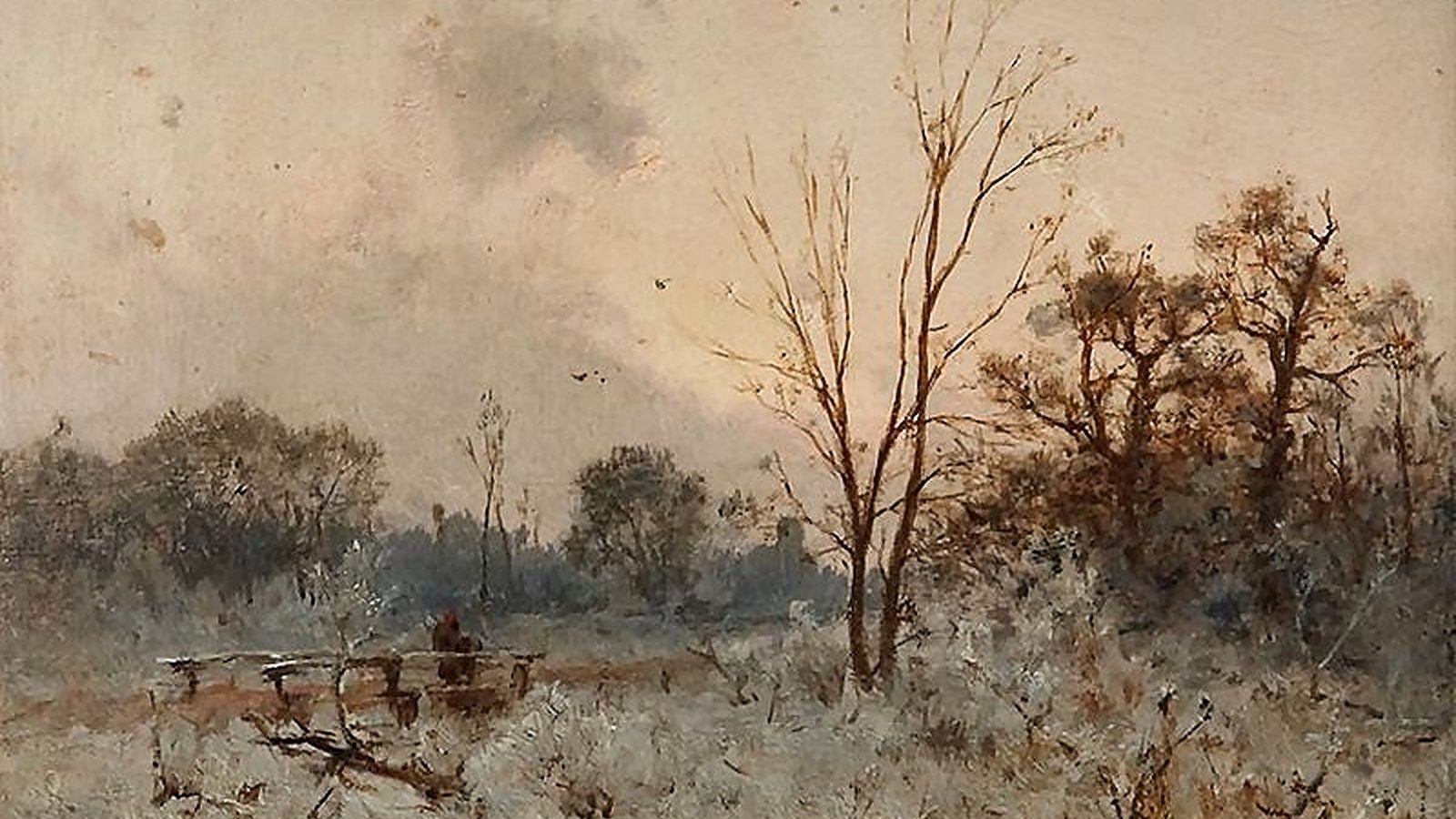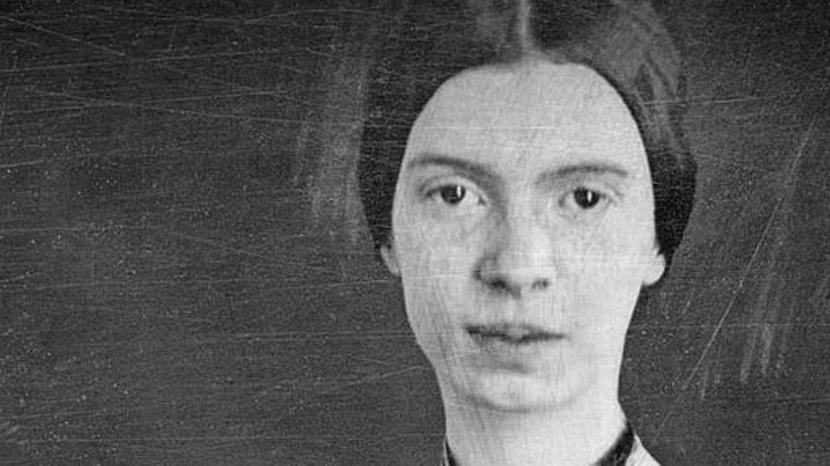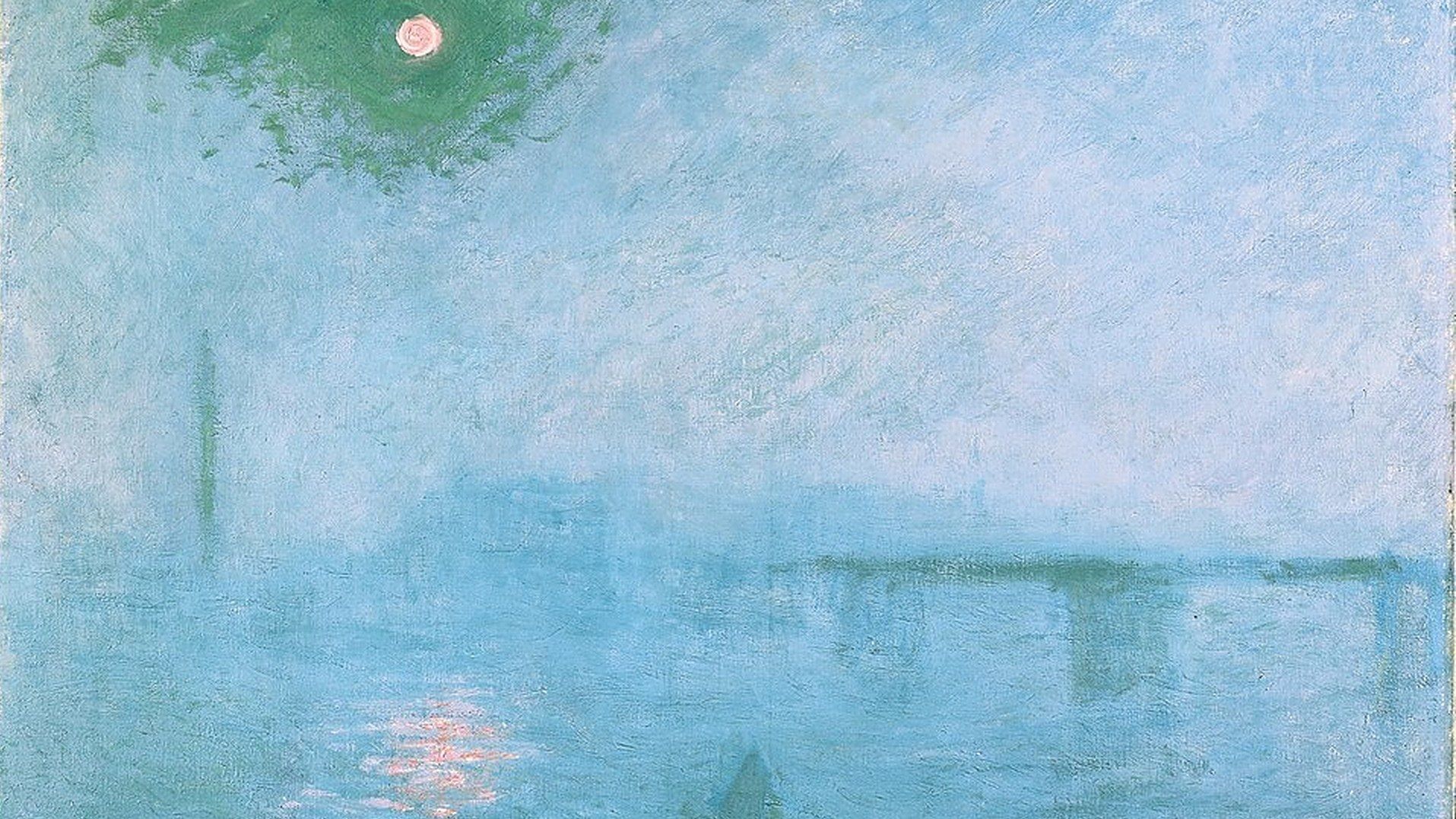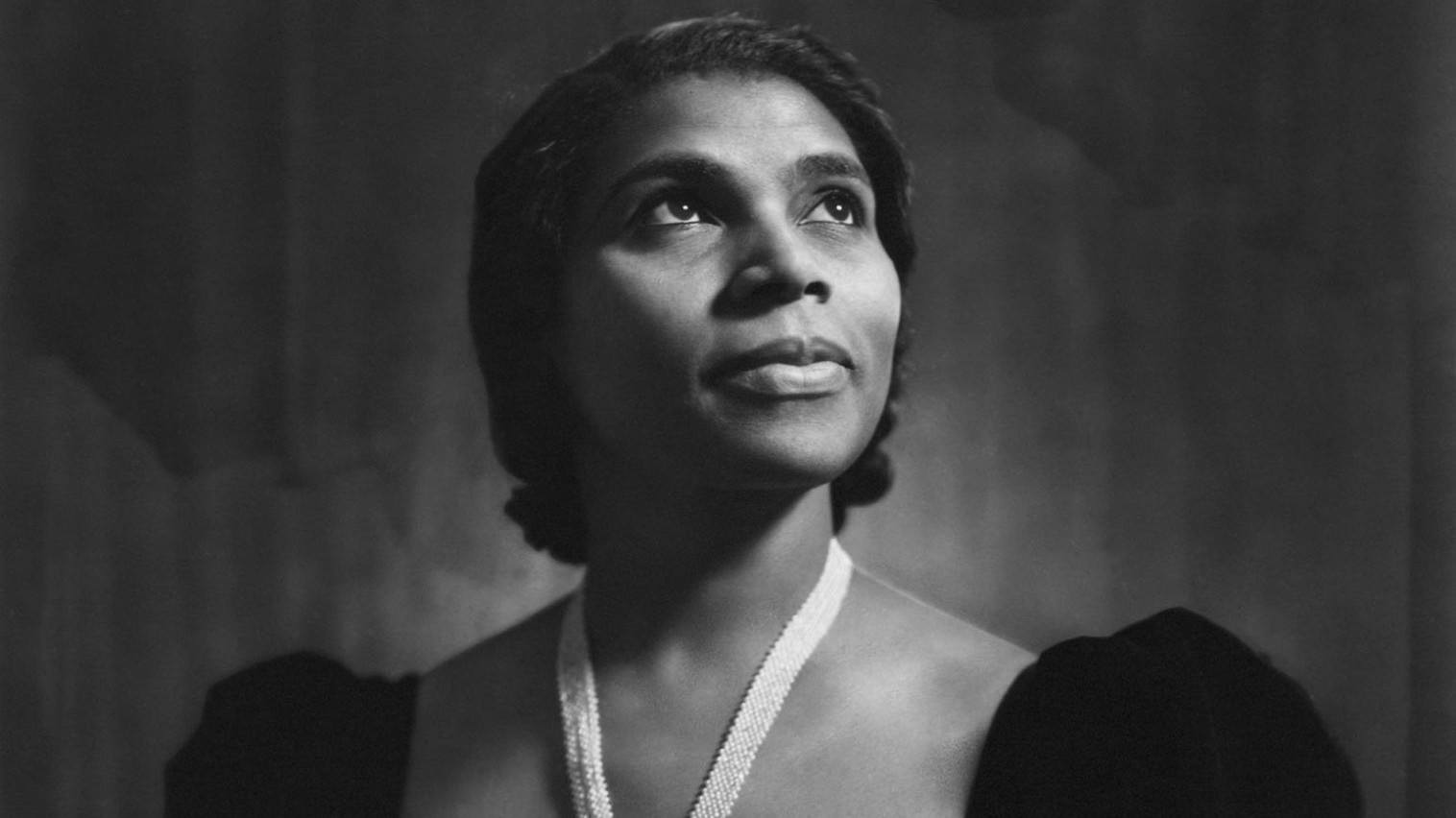Chopin’s Nocturnes, Op. 15: Songs of the Night
Composed between 1830 and 1833, Frédéric Chopin’s three Op. 15 Nocturnes for solo piano are haunting, dreamy, and intimate songs of the night. They unfold as bel canto arias without words, in which the piano becomes a singing voice. Chopin’s 21 Nocturnes popularized and expanded a form which was developed a generation earlier by the Irish pianist and composer, John Field (1782-1837). They feature daring harmonic innovations which influenced later composers. In …







